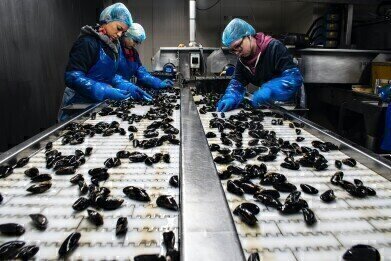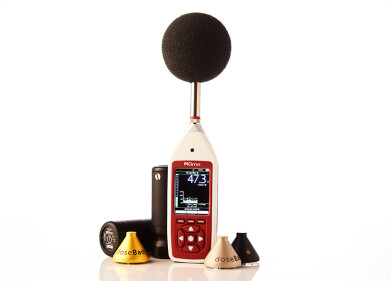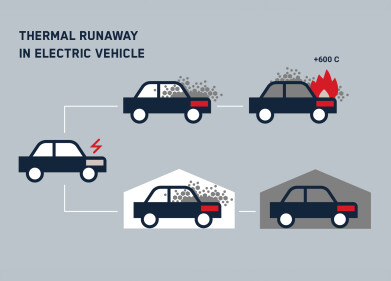Health & safety
What Is Environmental Monitoring in the Food Industry?
Nov 16 2022
According to data provided by the Centre for Disease Control (CDC) in the USA, 48 million people fall sick from foodborne illnesses each year. 128,000 of those people must be hospitalised, while 3,000 of them die prematurely. Clearly, those responsible for producing and processing foodstuffs – especially ready-to-eat (RTE) items which do not require cooking or other preparation from the consumer – must make sure their working practices are up to standard.
As well as testing the products themselves, it’s hugely important that the facilities in which they are produced are also thoroughly assessed for sanitation, hygiene and other best practices. This is what is meant by the term environmental monitoring in the food industry, since it pertains to the environment in which the products are created.
What is environmental monitoring looking for?
It’s imperative that the environments in which RTE food is created maintain impeccable standards of hygiene and sanitation so as to ensure that no bacteria, toxins or pathogens can infiltrate their products. As well as keeping an eye on the general cleanliness of an establishment, a robust environmental monitoring programme will also pay special attention to prominent pathogens responsible for spreading disease, such as salmonella, e. coli and listeria monocytogenes.
Of course, it’s not just pathogens such as these which can cause hospitalisation and death among the general public. Allergies are also a leading contributor to the problem, so any facility which manufacturers both products containing allergens and ones which do not must ensure that there is zero chance of cross-contamination between the two.
What does environmental monitoring consist of?
Just as there is no one-size-fits-all approach to continuous water analysis, so too will each food facility follow its own protocols. Having said that, environmental monitoring generally consists of taking swabs of all surfaces and tools with which the food will come into contact. This includes things like tabletops, chopping boards, cutting utensils, processing machinery and conveyer belts, among others. These swabs must then be collected and sent to the lab to be analysed for their pathogen or allergen content.
Of course, this process must be strictly regimented and conducted according to an environmental monitoring programme (EMP). This comprehensive document should include an overall site plan of the facility in question, as well as quantification of the possible pathogens or allergens present and a risk assessment of where they are most likely to be found. It should also contain detailed information on how, when and how often samples should be collected.
What are the benefits of environmental monitoring in the food industry?
First and foremost, of course, thorough environmental monitoring in any RTE food factory can help contribute to the quality and safety of the products being manufactured. However, it should be noted that environmental monitoring does not guarantee that a product is safe for consumption, but rather that the cleaning processes in the environment in which it is made are effective and that every due care has been taken to ensure its quality.
If a pathogen is identified in the facility, production can be halted and stocks recalled until its source has been located and addressed. If implemented well, an EMP will allow site owners to isolate the pathogen and eliminate it before it spreads throughout the plant, thus inhibiting production and harming profit margins in as minimal a way as possible.
Digital Edition
IET 35.2 March
April 2025
Air Monitoring - Probe Sampling in Hazardous Areas Under Extreme Conditions - New, Game-Changing Sensor for Methane Emissions - Blue Sky Thinking: a 50-year Retrospective on Technological Prog...
View all digital editions
Events
May 10 2025 Karachi, Pakistan
May 11 2025 Vienna, Austria
May 11 2025 Seoul, South Korea
Salon Analyse Industrielle & Instrumentation
May 14 2025 Paris, France
May 15 2025 Istanbul, Turkey






_(4427399123)-(2).jpg)












